C.Chair Project
Parsons School of Design, 2020.What if there was an app where chairs could be quickly identified?
I believe that design and art are really important in our cultures, and very oftenly people don’t know much about them. Moreover, I think the museum experience needs to evolve into something more didactic, interactive and stimulating. The application relates to the History of Design in many ways. ‘Art and Technology, a new era’ was the Bauhaus Dessau slogan which focused on objective standards and industrial technology. Technology has evolved since then and the new millennium has brought social media, internet, smartphones, digital applications, the cloud and huge leaps in artificial intelligence. These innovative developments can now work with art and design just as machines and industrial manufacturing helped the Bauhaus at Dessau cultivate new optical attitudes and aesthetics which integrated the form to the function in the 19th century. In addition, it also relates to Henry Cole’s ideas of refining the British 19th century public taste. His ideas of lobbying for design schools, constructing decorative art museums and organizing exhibitions connect with my ideas of redesigning the museum experience and creating an application to increase visual literacy (first through chairs, and then through many other objects.)
Introduction.
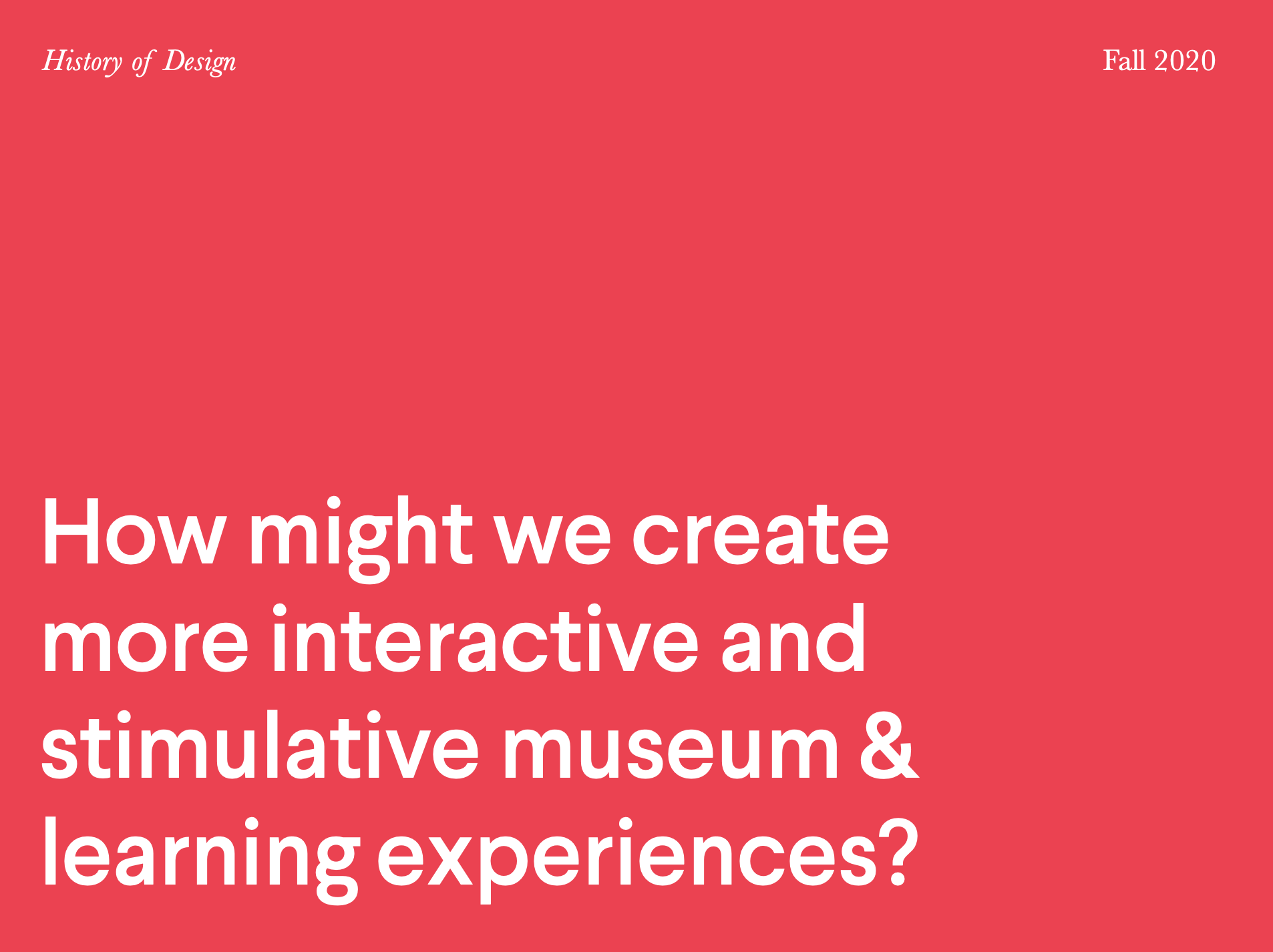

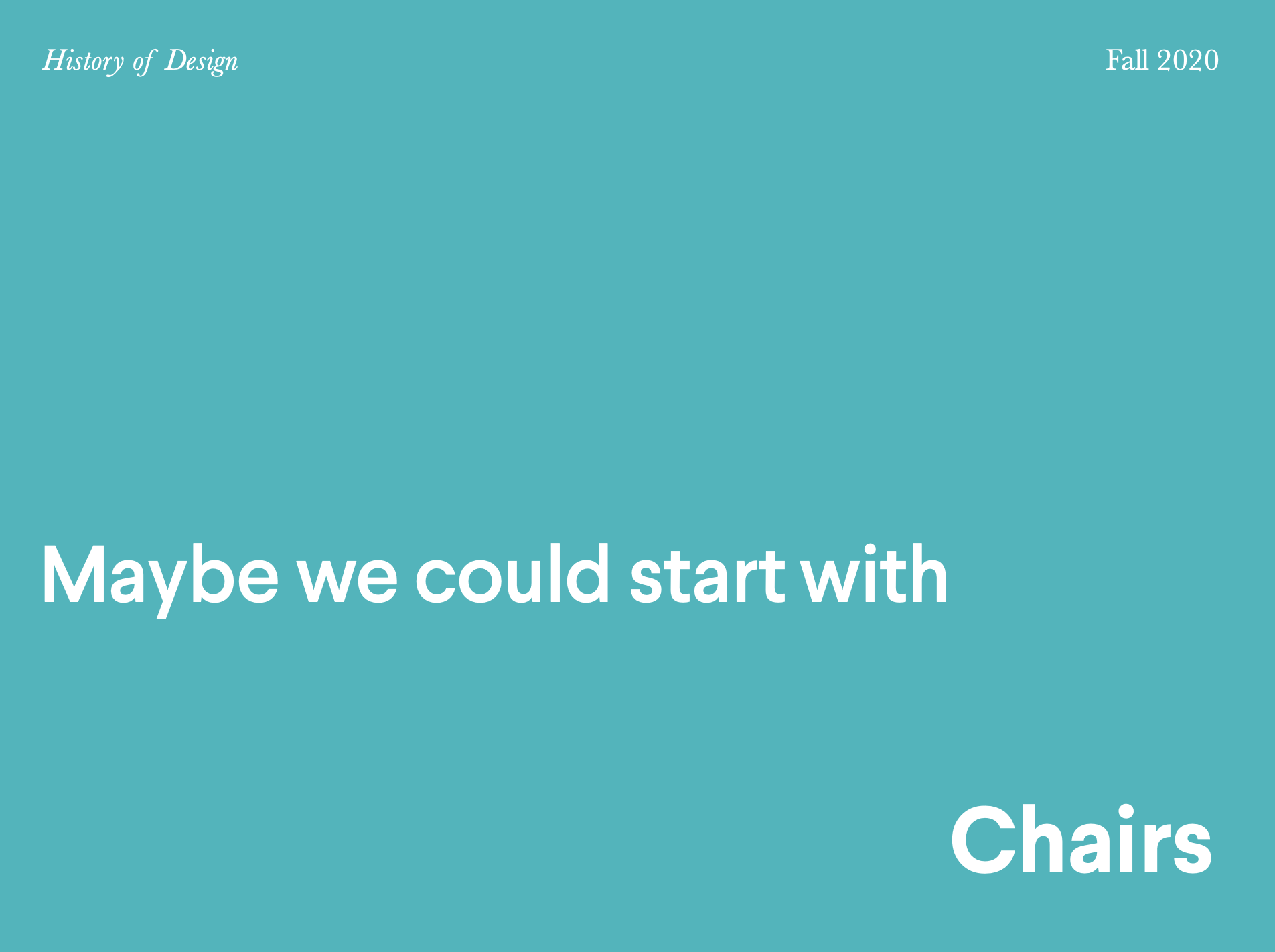
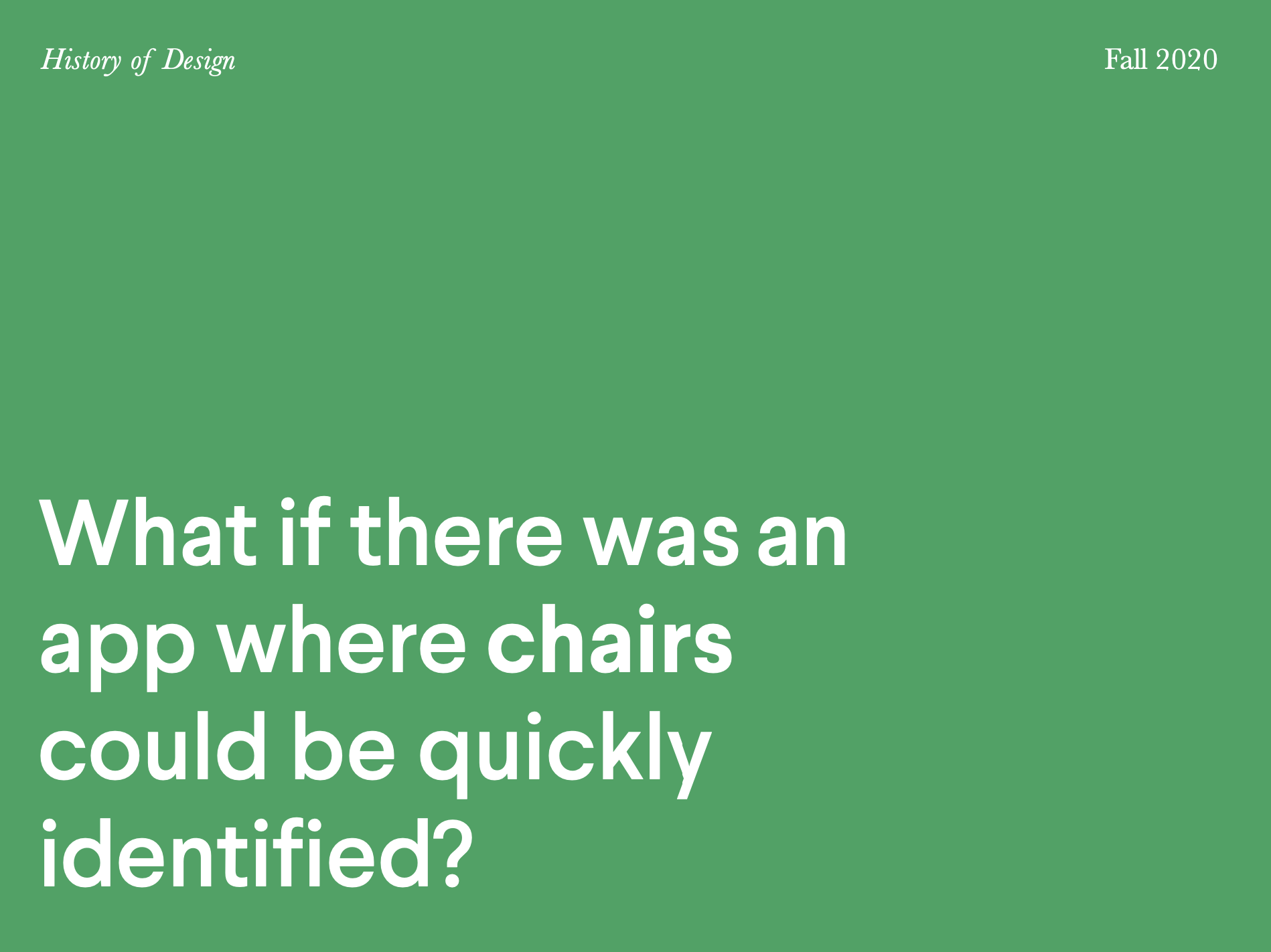


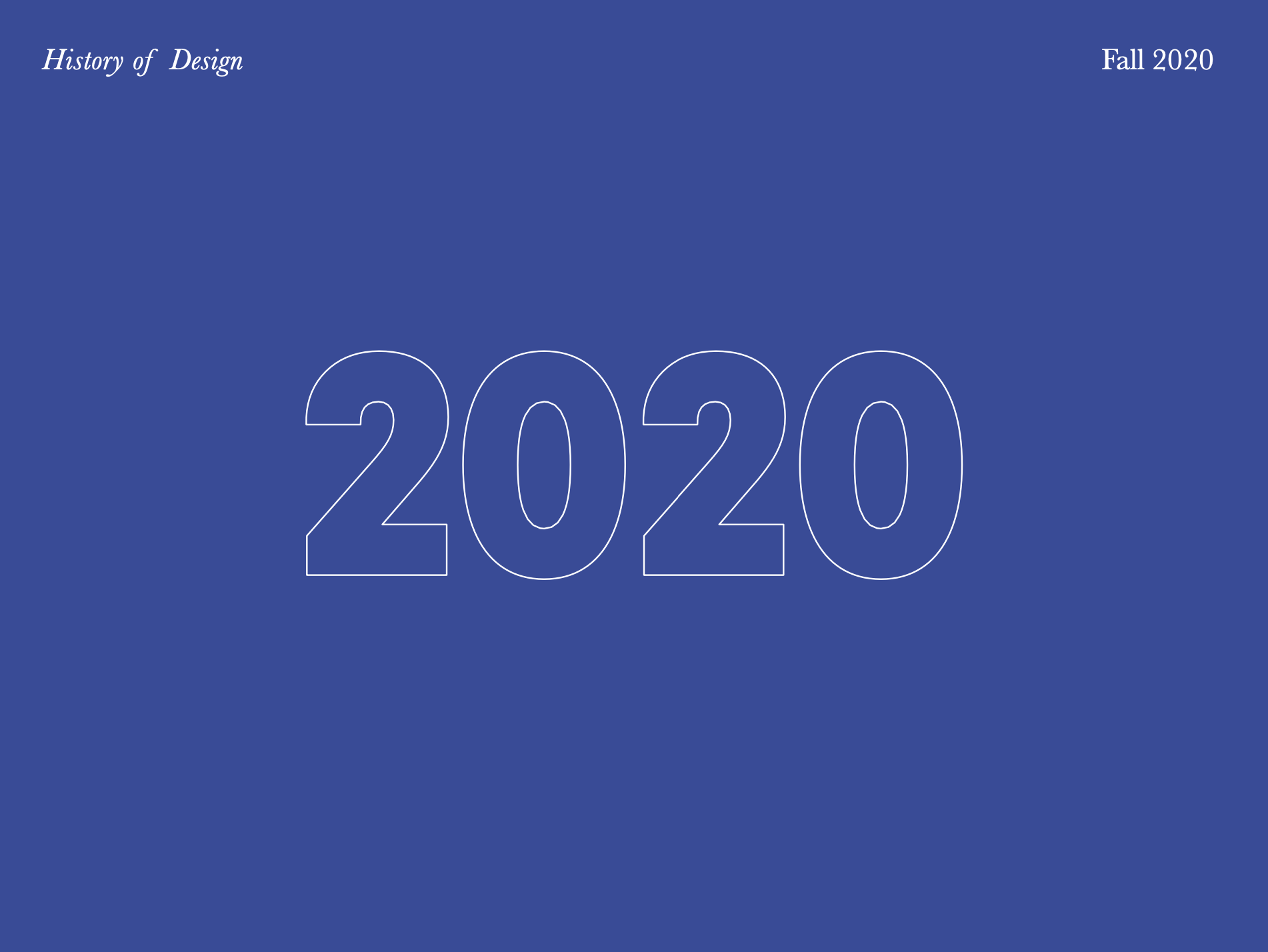
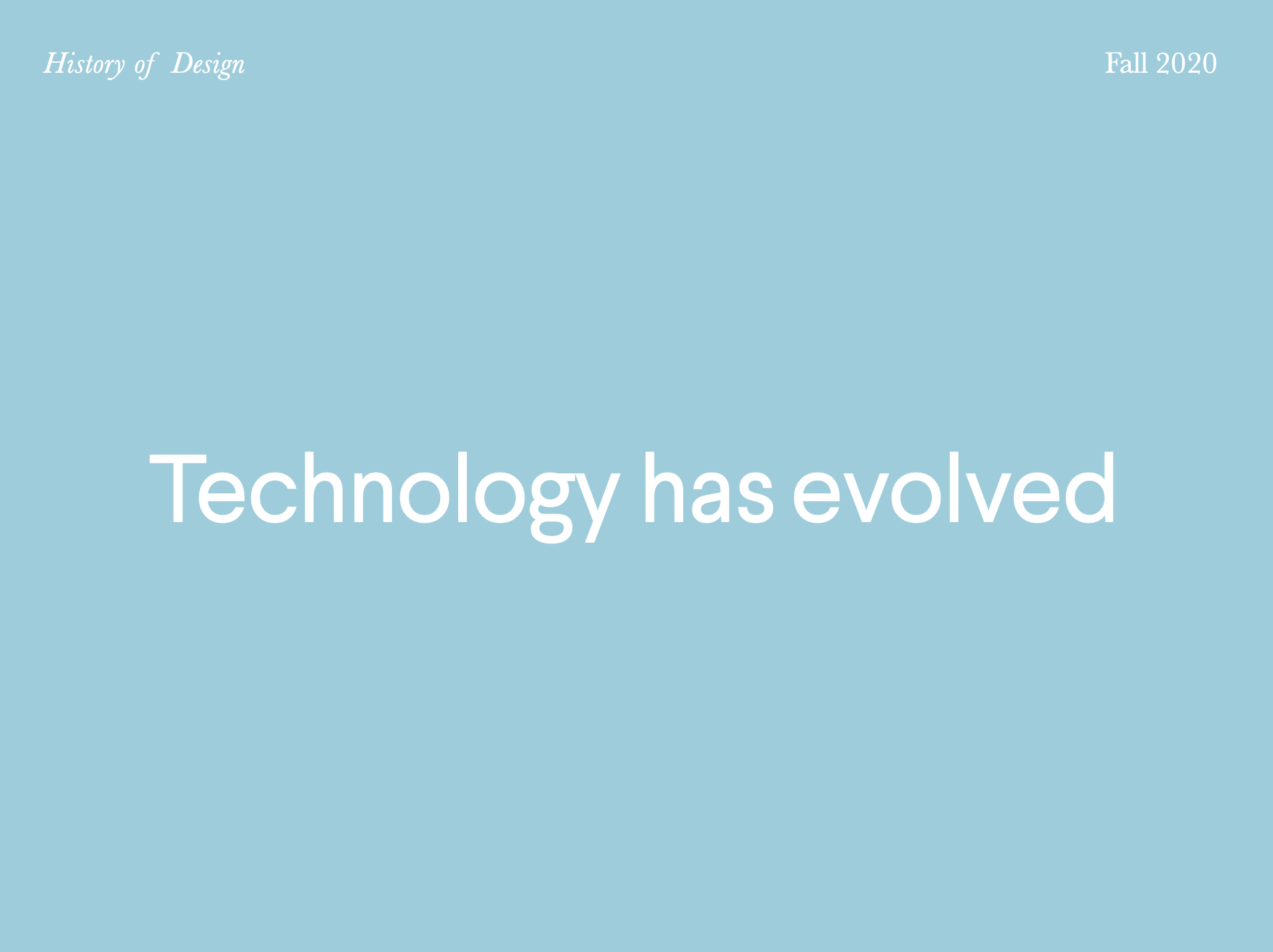
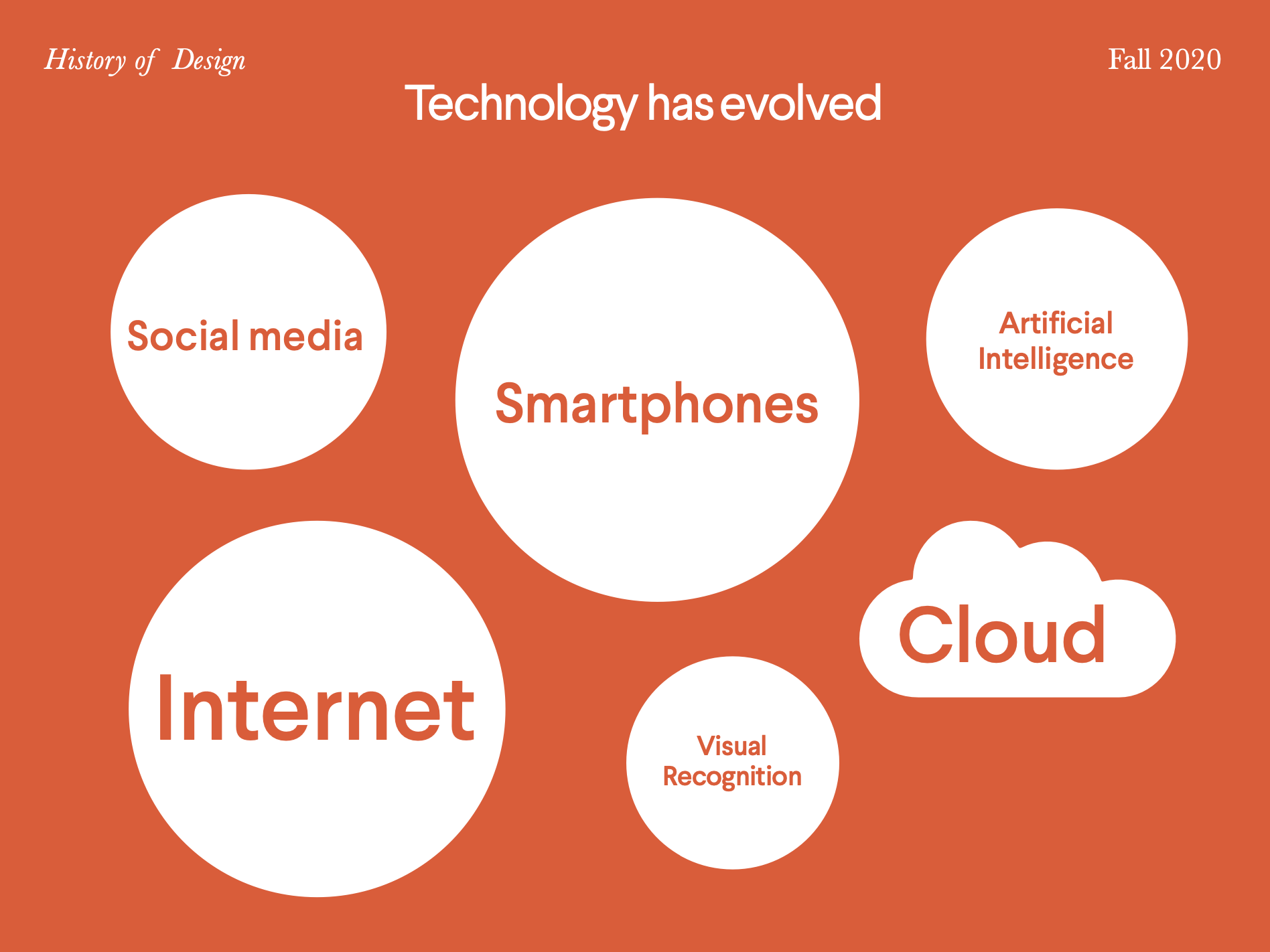
App Business-idea

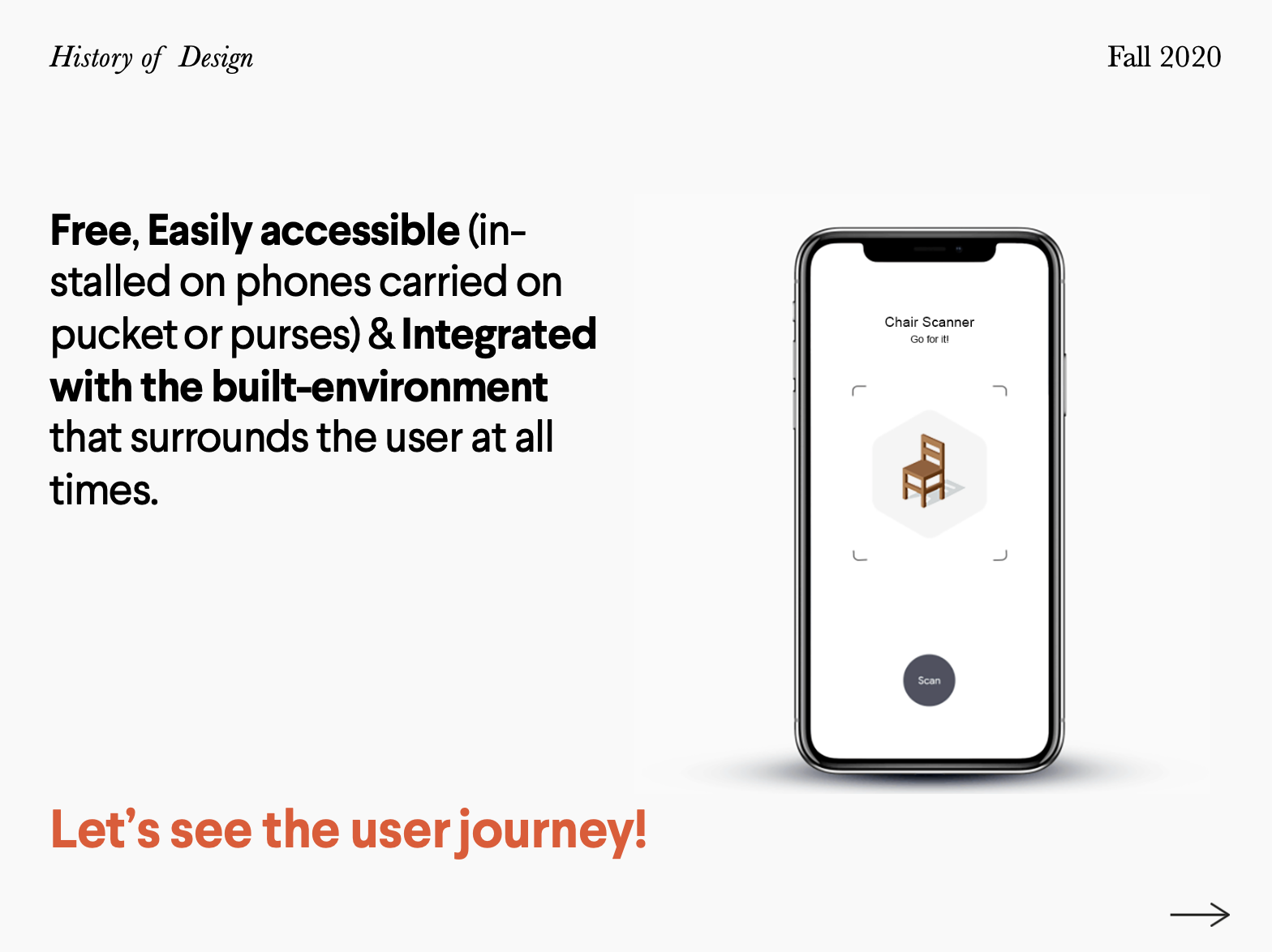
User Journey.
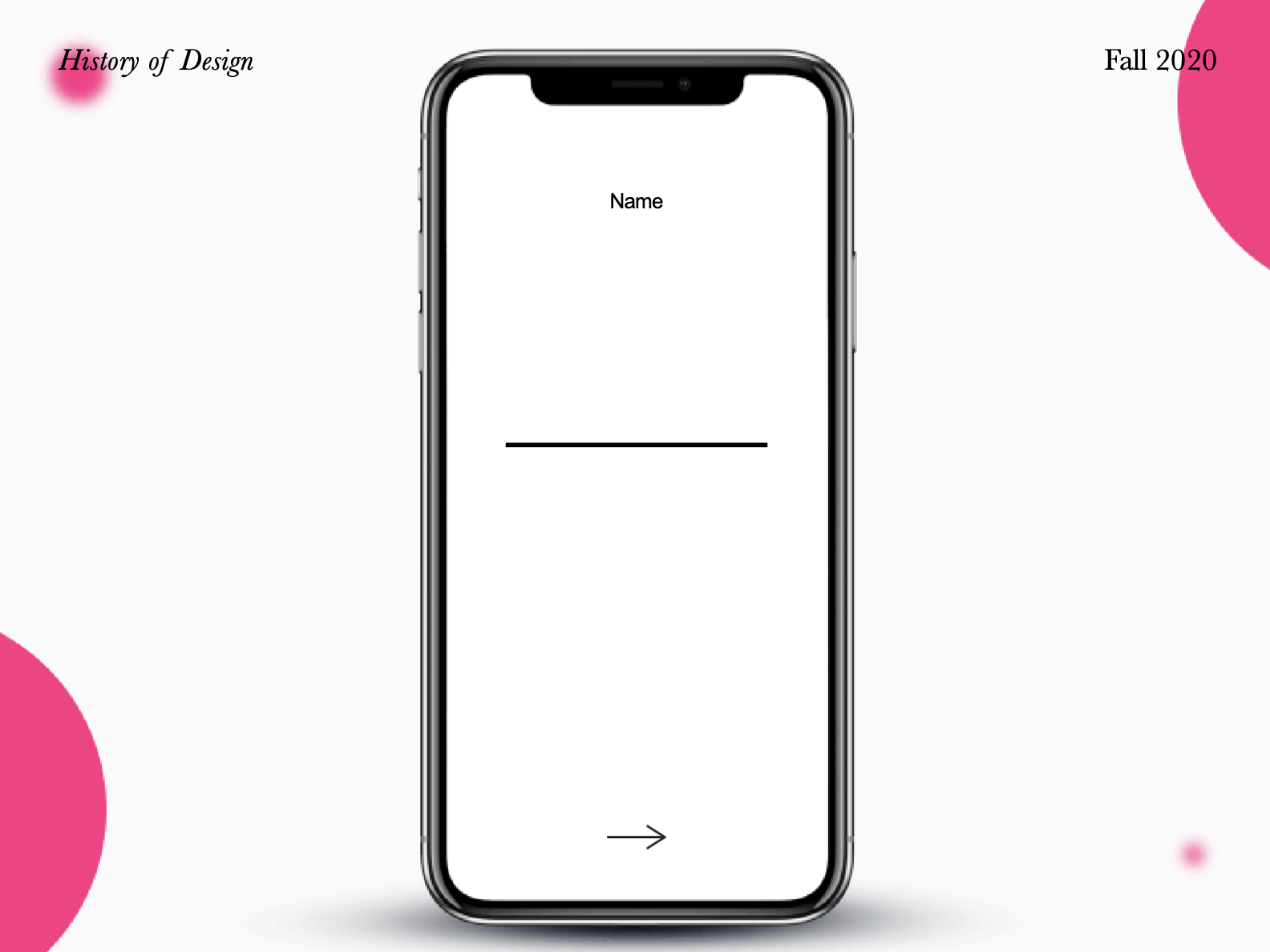
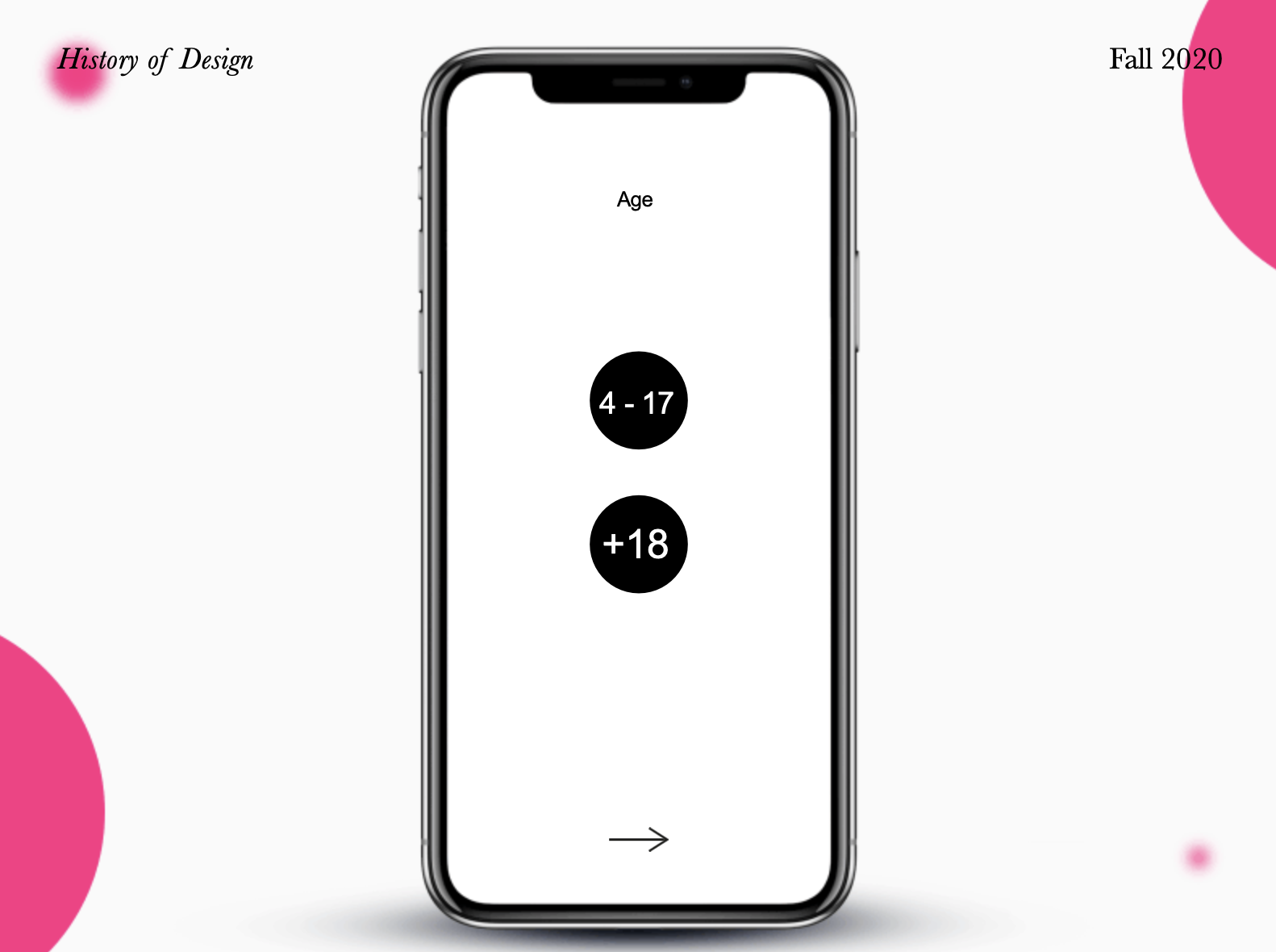
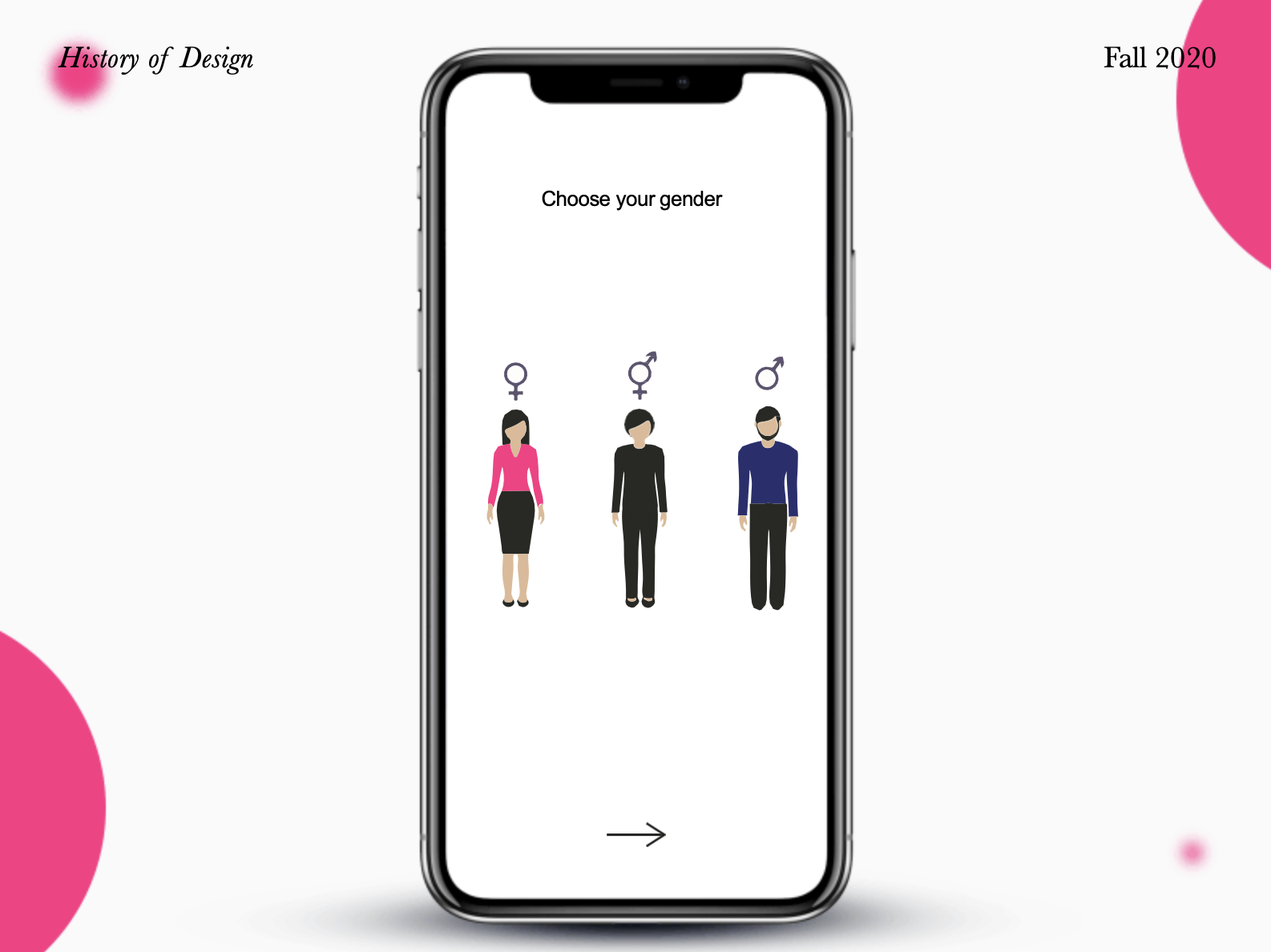

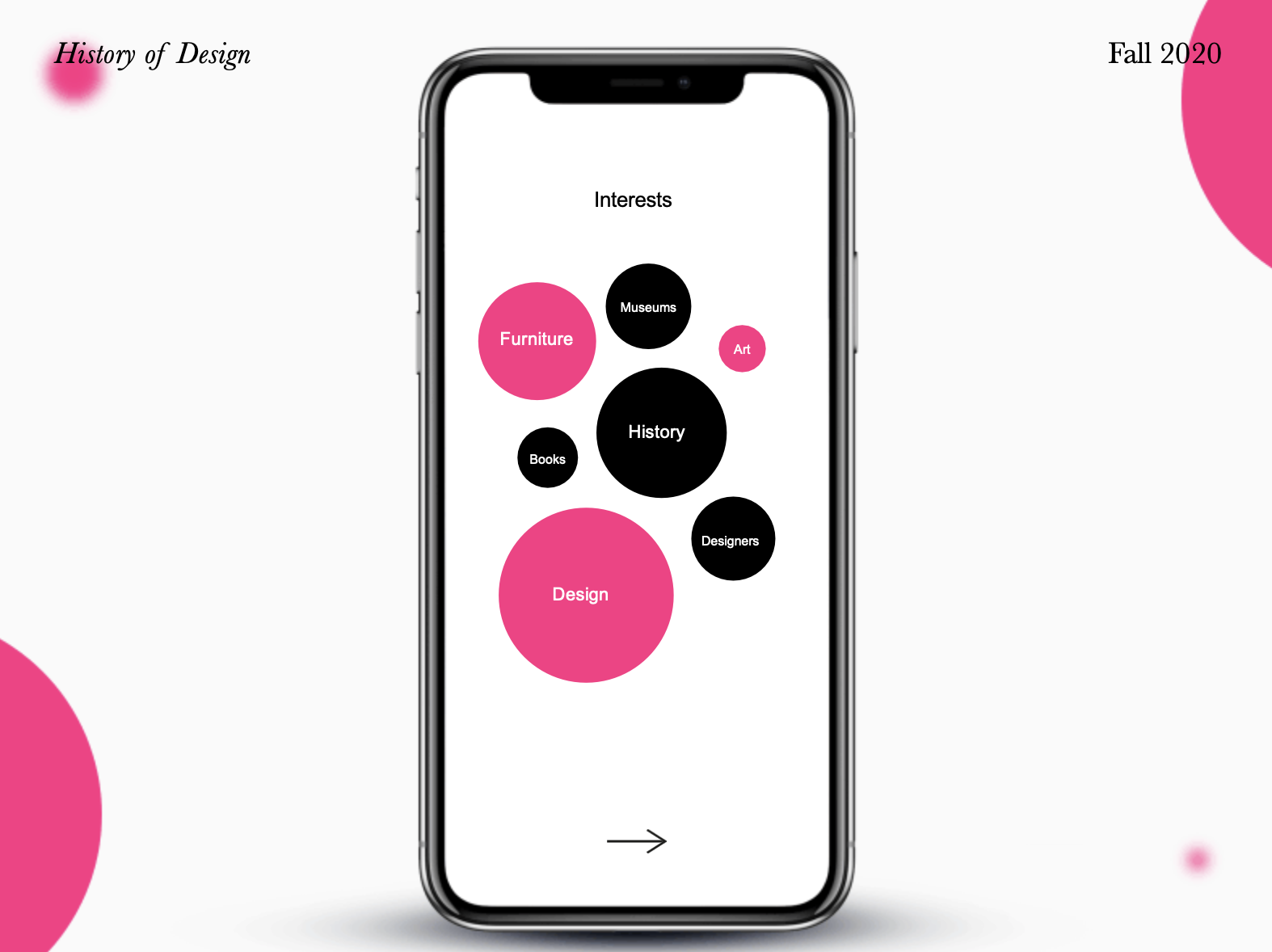
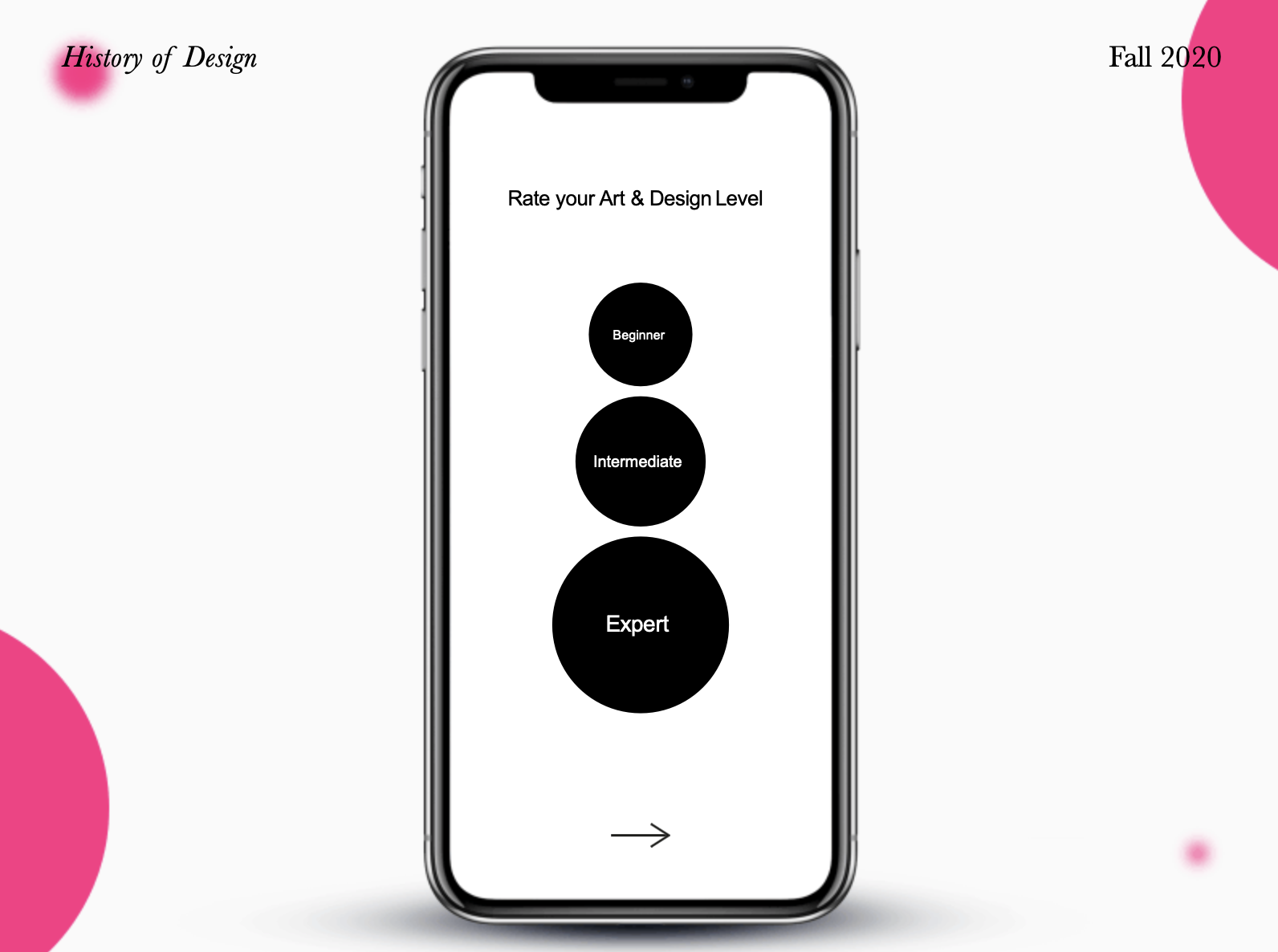
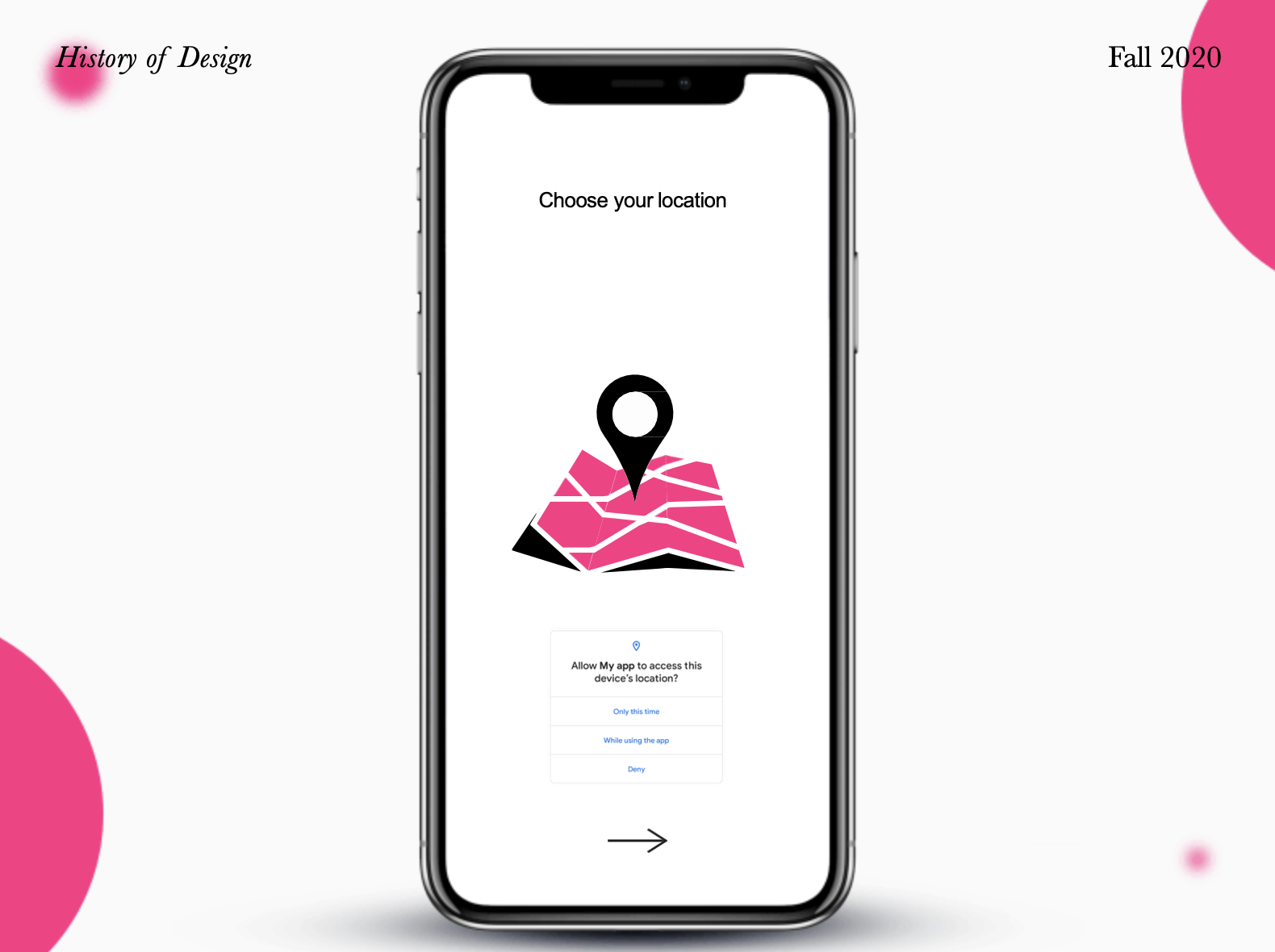
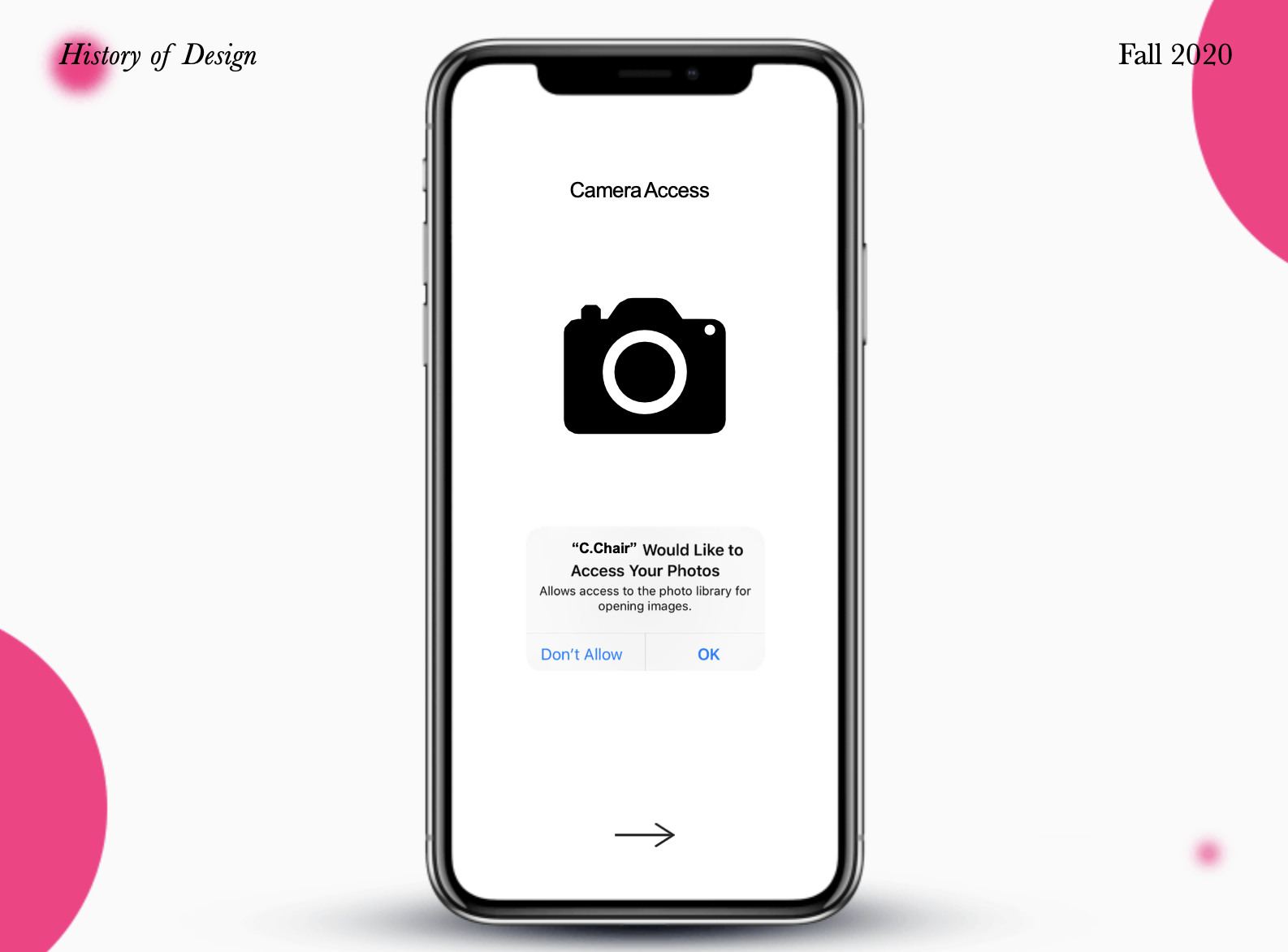
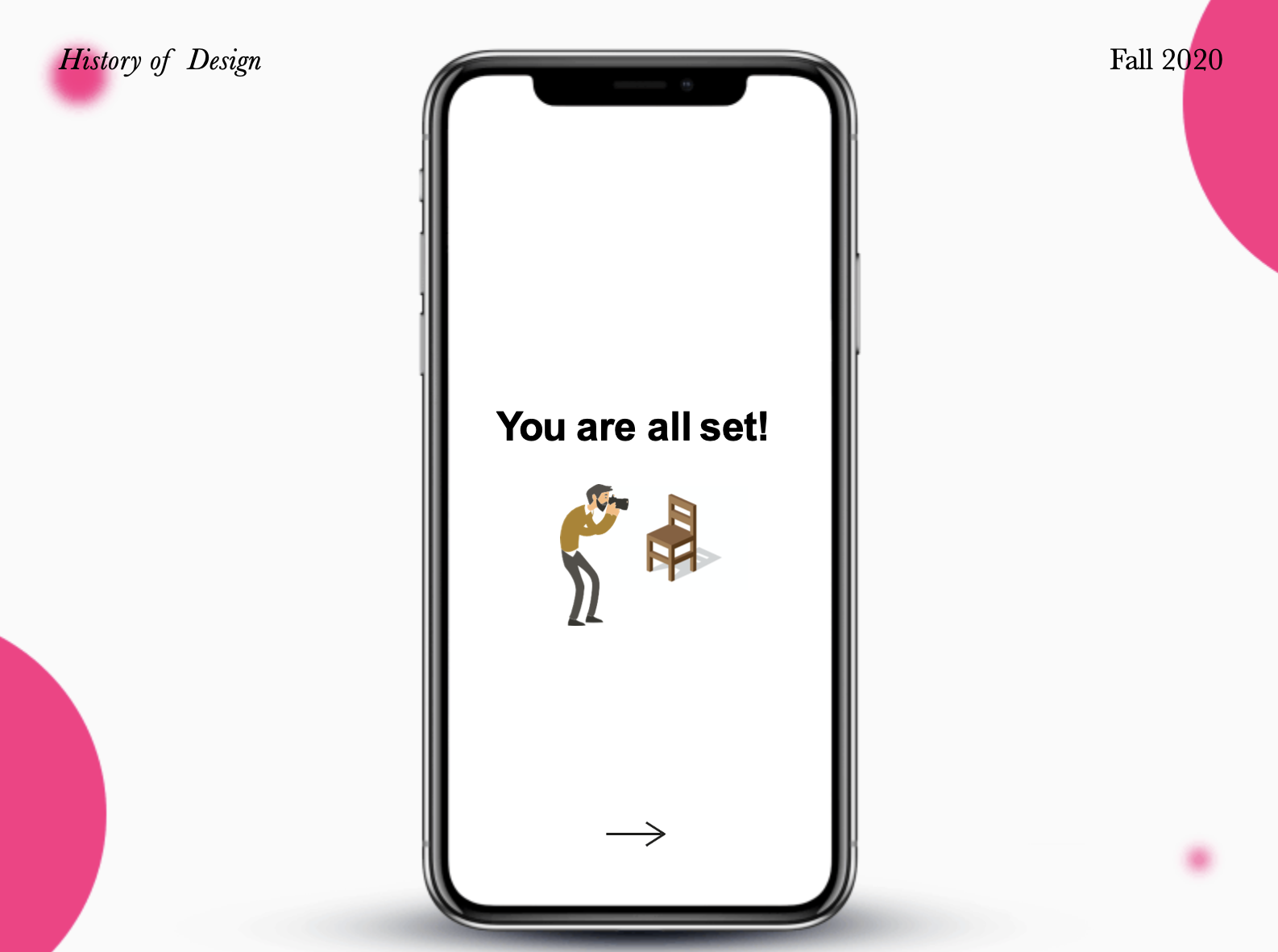

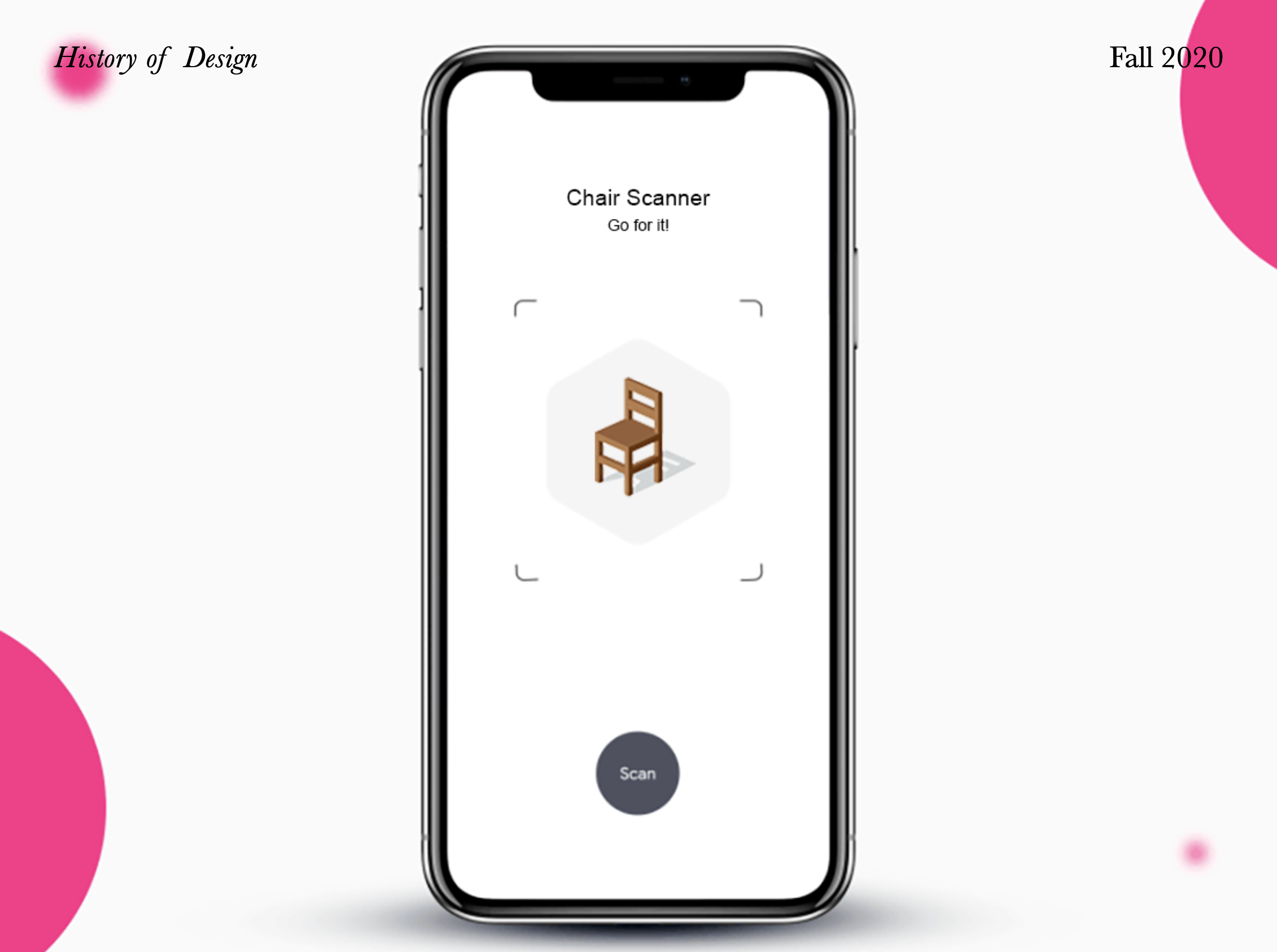
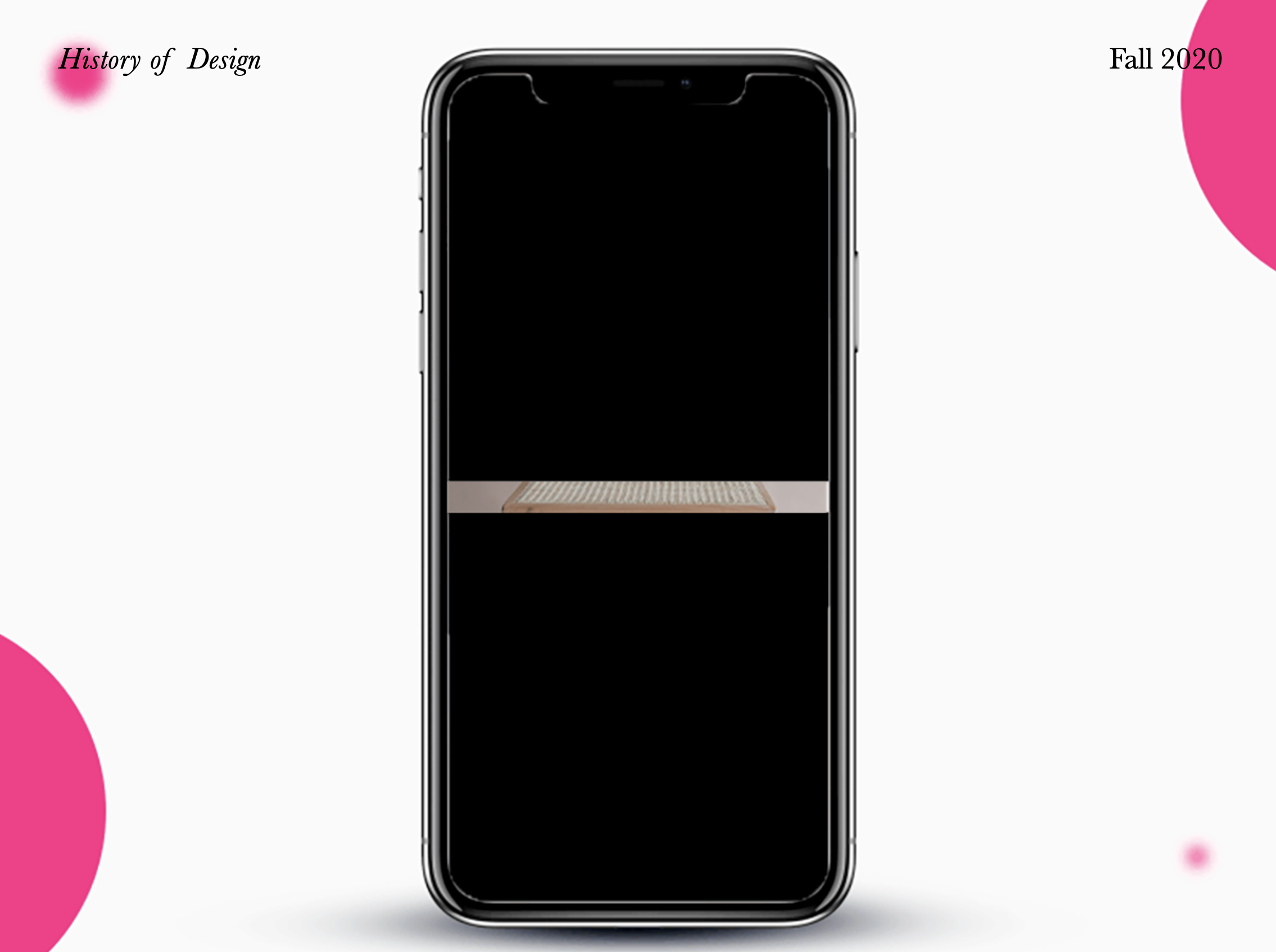
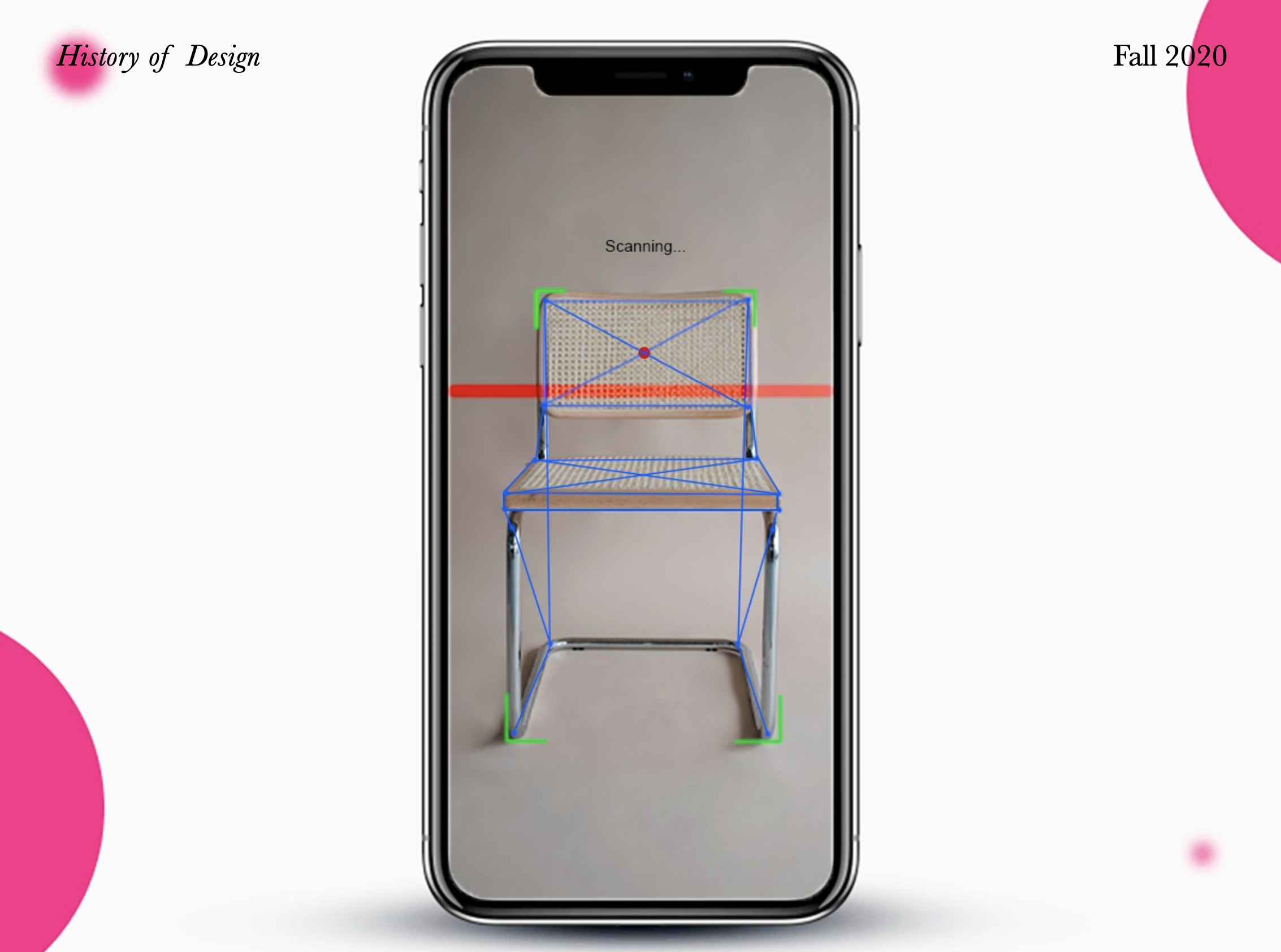
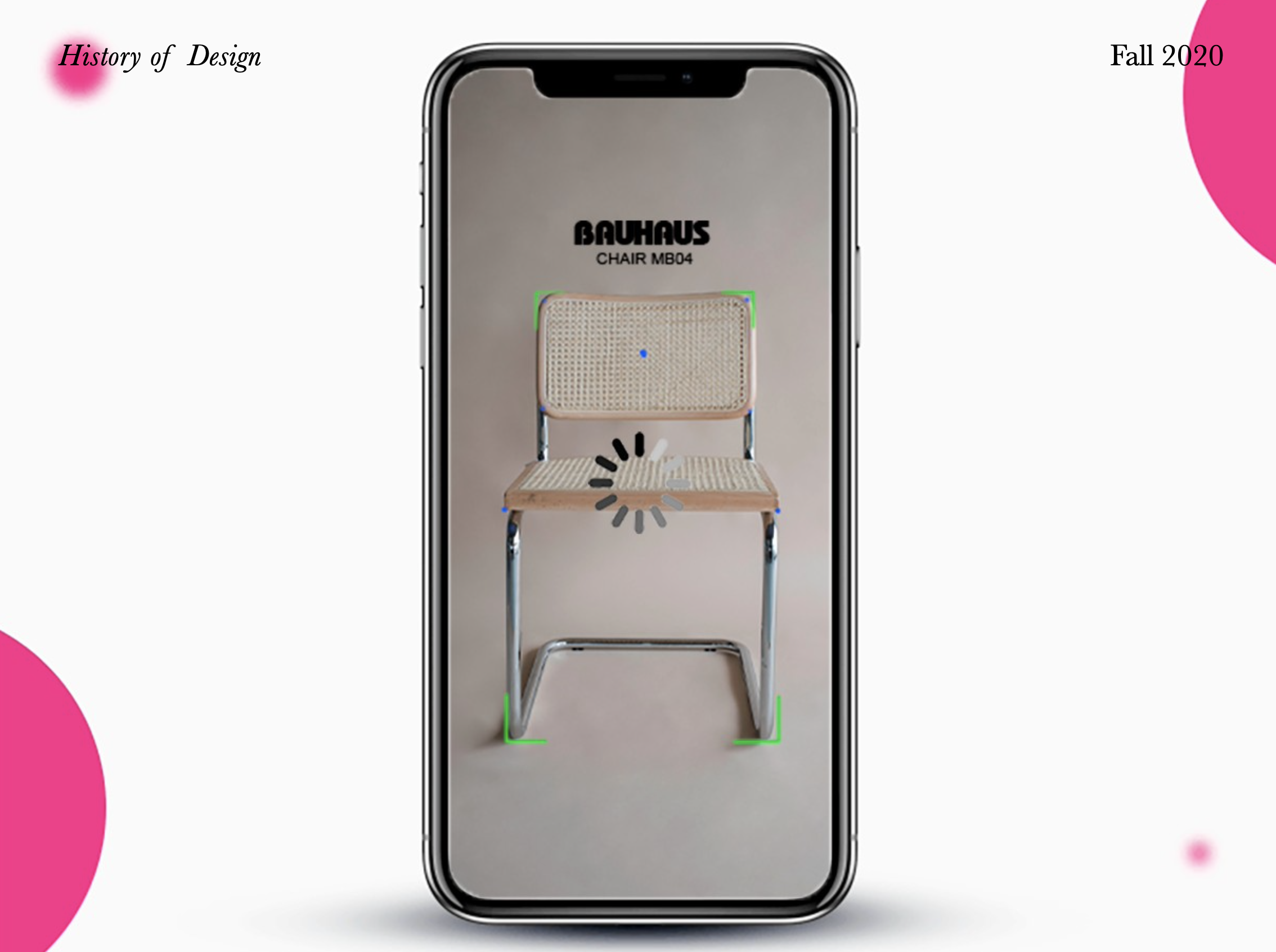





C.CHAIR - Rationale.
‘Art and Technology, a new era’ was the Bauhaus Dessau slogan which focused on objective standards and industrial technology. Technology has evolved since then and the new millennium has brought social media, internet, smartphones, digital applications, the cloud and huge leaps in artificial intelligence. These innovative developments can work with art and design just as machines and industrial manufacturing helped Bauhaus Dessau cultivate new optical attitude and aesthetics which integrated the form to the function in the 19th century.
The app “C.Chair” (for its pronunciation “see chair” and its relation to the abstract nomenclatures used by Kandinsky or Breuer) would serve to recognize the styles, materials, morphologies, movements or tendencies of movements, designers and manufacturers of chairs. It could be thought of as a virtual and interactive chair enciclopedia, or as a chair shazam. Technology would integrate art and design, and just as Henry Cole wanted to refine the taste of the british 19th century public, this app could act as a vehicle to raise visual and design literacy, taste and also connoisseurship. Instead of lobbying for schools of design, constructing museums devoted to decorative arts, organizing exhibitions to display design to inform manufacturers and educate the public, or integrating gas technology to extend the available times for people to access these facilities, the app would be free, easily accessible (installed on phones carried on pucket or purses) and integrated with the built-environment that surrounds the user at all times.
The use of artificial intelligence and visual recognition would be an important aspect in the back end development of the application. Moreover the app could be certainly influenced by some of the ideals featured in the ‘Whole Earth Catalogue’, inspired by R. Buckmister Fuller works. This is because the app would integrate a function where users are able to contribute to the app & design community by identifying chairs that are still unidentified or unpublished inside the app or suggesting certain characteristics to already established descriptions. This aspect relates to the open-source and diy ideals of the catalogue although they don’t strictly advocate for simple living or conservation. This open-source characteristic can be seen and understood through the functionality of Wikipedia or the Internet.
The target audience of this project would be design, architecture or art students, professors or professionals or people who are interested in these themes.
The application would work as an interactive chair scan and enciclopedia. When scanning a chair its composition, designer, manufacturer, estimated price, movement or tendency, tyle and morphology would be listed. Each scanned chair would be saved into a folder. Related articles of that chair in design, art or architecture magazines could also populate on the screen. Also, the designers wikipedia or instagram could be provided. If the chair designer or movement is unidentified it is most likely that its material or tendencies would be granted and an ‘add suggestion or add description’ button would appear for the user to complete and contribute to the community (which would then be revised for validation).
As users scan and collect more chairs, or contribute to the application community in some way, they can be gifted with design exhibitions or museums tickets, premium ebooks or essays, private design talks and other benefits. For this to work users could earn coins inside the app and change them for exclusive benefits. This would generate a playful environment in the app, motivate the user to learn and widen the design community while increasing literacy. Museums or design organizations could affiliate with the app. The currency idea may relate to the idea ‘commodification’ proposed by Karl Marx in ‘Capital’. Commodification could transform the app intent of visual and design literacy into commodities or objects of trade through the interchangeable currency.
Lastly, the app interface would be completely user centered (a term that can connect to ergonomics and Henry Dreyfuss and Le Corusier ideals where measurements and standardized procedures are established for machines and designs to be built around the user). Moreover, its interface would follow Bauhaus’s ideals of the unity of form and function (as seen in Josef Hartwig Chess).
Related Articles
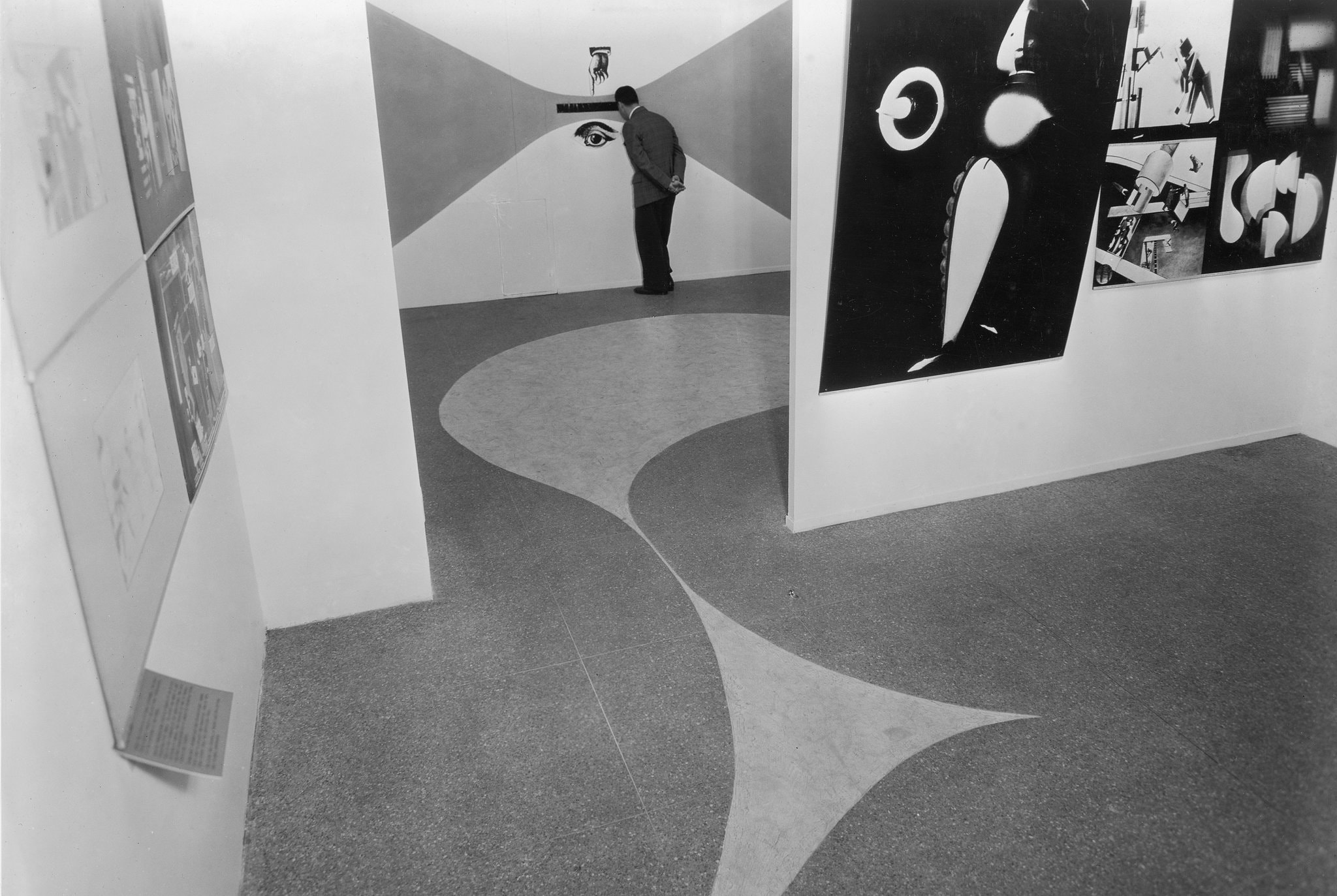
︎︎︎ Back to work
